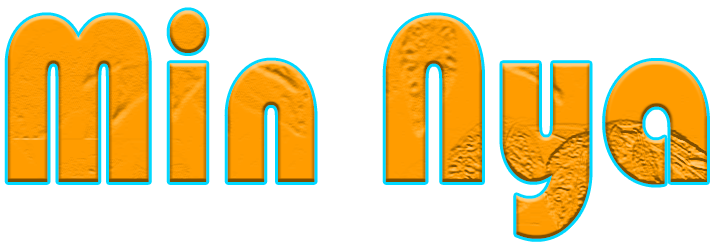How Homeowners Insurance Works: A Complete Guide
Homeowners insurance protects your home, belongings, and finances from unexpected damage or liability. Here’s a breakdown of how it works, what it covers, and key factors to consider.
1. What Does Homeowners Insurance Cover?
Most standard policies include six main types of coverage:
A. Dwelling Coverage
Protects the structure of your home (walls, roof, foundation).
Covers damage from fire, storms, hail, vandalism, etc.
Excludes floods & earthquakes (requires separate policies).
B. Other Structures
Covers detached structures like garages, sheds, or fences.
Typically 10% of dwelling coverage.
C. Personal Property
Reimburses for stolen or damaged belongings (furniture, electronics, clothing).
Actual Cash Value (ACV) vs. Replacement Cost Value (RCV) payouts.
D. Liability Protection
Covers legal fees & medical bills if someone gets hurt on your property.
Example: A guest slips and sues you.
E. Additional Living Expenses (ALE)
Pays for temporary housing if your home is uninhabitable.
Covers hotels, meals, and rent during repairs.
F. Medical Payments
Small coverage for minor injuries to others on your property (e.g., a neighbor’s sprained ankle).
2. What’s NOT Covered?
Standard policies exclude:




3. How Are Claims Paid?
Deductible: You pay first (e.g., $1,000), then insurance covers the rest.
Payout Types:
Replacement Cost Value (RCV): Pays full repair/replacement cost.
Actual Cash Value (ACV): Pays depreciated value (cheaper but less coverage).

